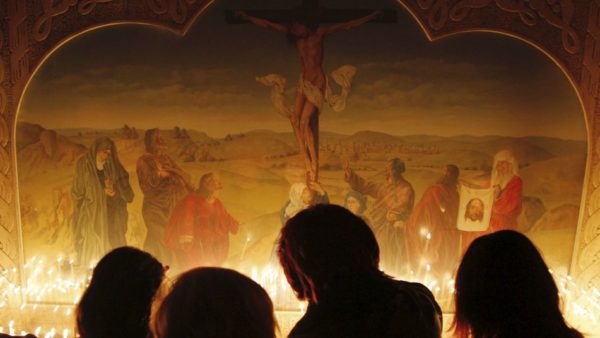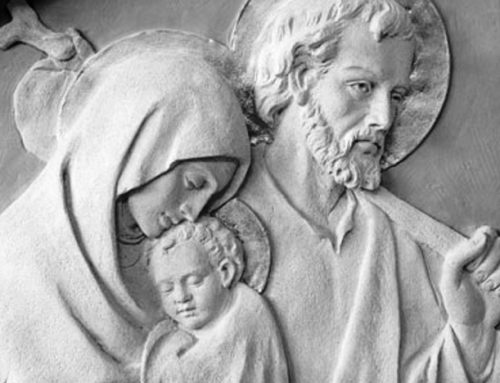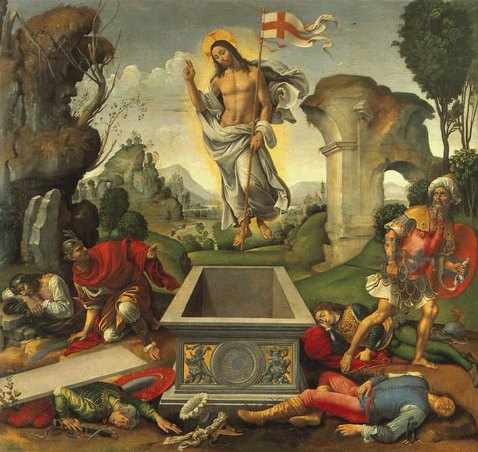“It was a harrowing experience. Visiting the areas that were hit, looking at people’s suffering in the face, the rush to save people who were trapped beneath the rubble: you come face to face with the pain of a wounded humanity”: this is how Fr. Silas Bogati, a Nepalese priest, described what Catholic priests and faithful are currently experiencing in the wake of the biggest natural disaster the country has ever faced.
A 7,8 magnitude earthquake devastated Nepal at 11 am on 25 April, impacting India, Tibet and Bangladesh too. And the ground is still shaking: there have been 45 tremors recorded in the past 24 hours.
Bogati, who completed his theological studies in Rome, was responsible for Caritas Nepal for many years and is now Pro-Vicar of the local Catholic Church: he is therefore the right hand man of Catholic bishop Paul Simick who is in charge of the small Catholic community that lives in the Himalayan country.
Bogati is still in shock as he speaks to Vatican Insider: “Today’s top emergency is still saving human lives. Civil and military rescue teams are busy digging and pulling the wounded out of the rubble, freeing the bodies of those who still have a breath of life and retrieving corpses. The death toll, which is now well over 3000, is rapidly rising.”
“We were expecting” the earthquake “in a way, because based on seismologists’ estimations, people had been saying for years that Nepal would be hit,” he continued. “But it is still a huge tragedy: the sudden violence of the quake has left its mark,” he explained.
The result has been “a deep collective shock: the population was brought to its knees both in material and psychological terms. There is a sense of abandonment and desperation among the people. Many have lost relatives or in the best of cases all that they had. For this reason our mission today is to bring comfort and trust. Because God never abandons his children.”
Bishop Simick echoed this in the suffrage mass for earthquake victims, which he celebrated this morning. The Apostolic Vicar prayed for the dead as well as the survivors, inviting Nepalese faithful to engage in a joint “effort in providing comfort and solidarity in order to show the Father’s loving mercy”.
The local Caritas team is striving to bring the merciful embrace of God to victims’ families, to survivors and to the displaced, while around the capital Kathmandu, the first makeshift camps were up in a flash to host the homeless.
As the aftershocks continue, Caritas Nepal, which contacted the Caritas Internationalis network immediately, has distributed the first aid packages: “We are providing tarpaulins, tents and food. People urgently need help,” said the director of Caritas Nepal, Pius Perumana.
According to the director, “judging from the districts that were hit, the estimated number of victims could reach 6,000. According to calculations there are also 6,000 wounded and thousands of displaced people. On top of this, many remote areas struck by the earthquake, are impossible to reach as of yet. We are in a state of complete emergency.”
Other areas affected, apart from Kathmandu, are the districts of Bhaktapur, Lalitpur, Raswa, Kavre, Dolakha, Gorkha, Ramechap, Nuwarkot, Sindupalchok, Dhading, Makawanpur and Sindhuli. “Several thousands of families are in need of a temporary shelter immediately. Water and health and hygiene services are a priority,” Caritas Internationalis announced, while Unicef estimates there are about a million children in need of immediate humanitarian assistance.
As Pro-vicar Bogati says, the Catholic Church in Nepal is present in 58 of the country’s 75 districts, with programmes dealing with food safety, human, social and economic promotion, child support and support to women and farmers.
“There are 7,800 Catholics in a country with a population of 29 million people, most of whom are Hindu,” he concluded. “Our job is to testify God’s love, while trying to help out thousands of people. Our priority is to serve the poor and suffering: we are present when there is a natural disaster and provide assistance to those who are having trouble surviving. This is our way of telling the Nepalese people: God loves you. Just as Christ loved the poor and the needy, so does the Church in Nepal. It is our way of evangelising.”








Leave A Comment
You must be logged in to post a comment.